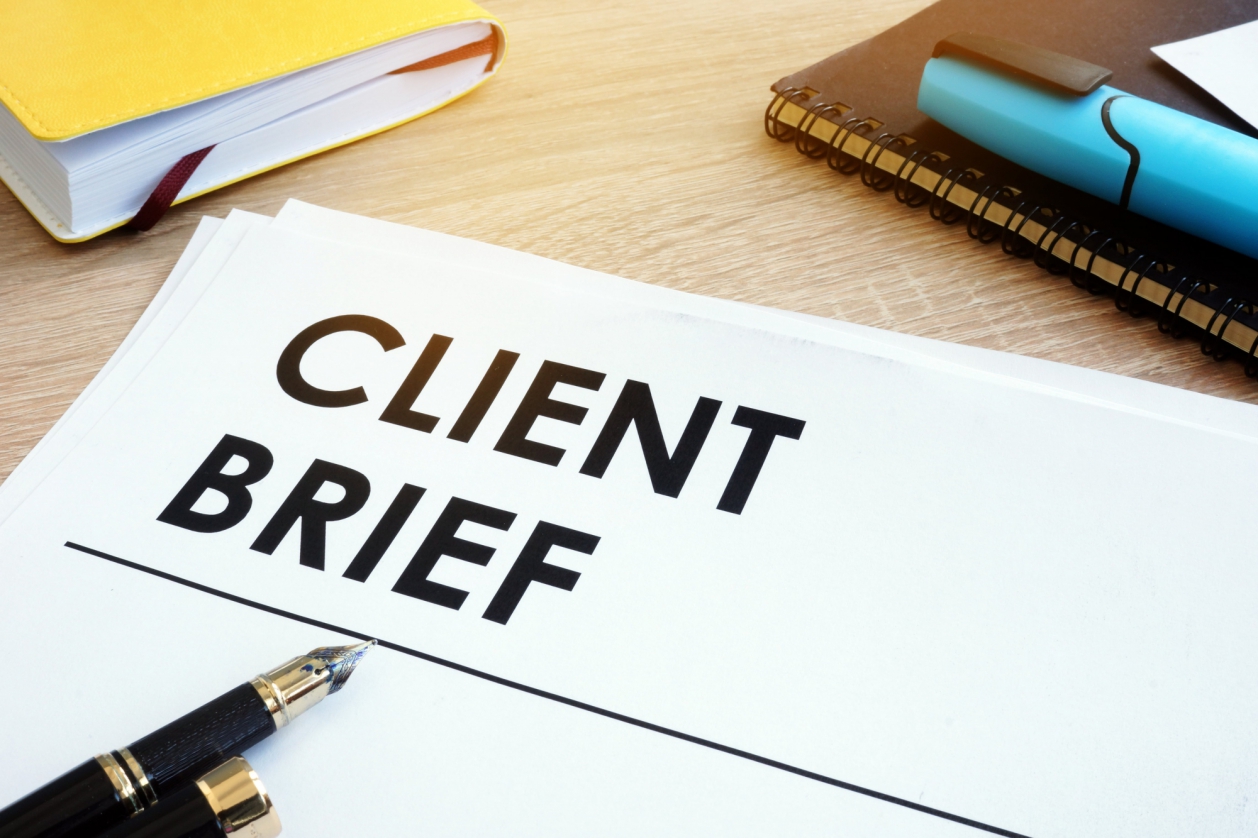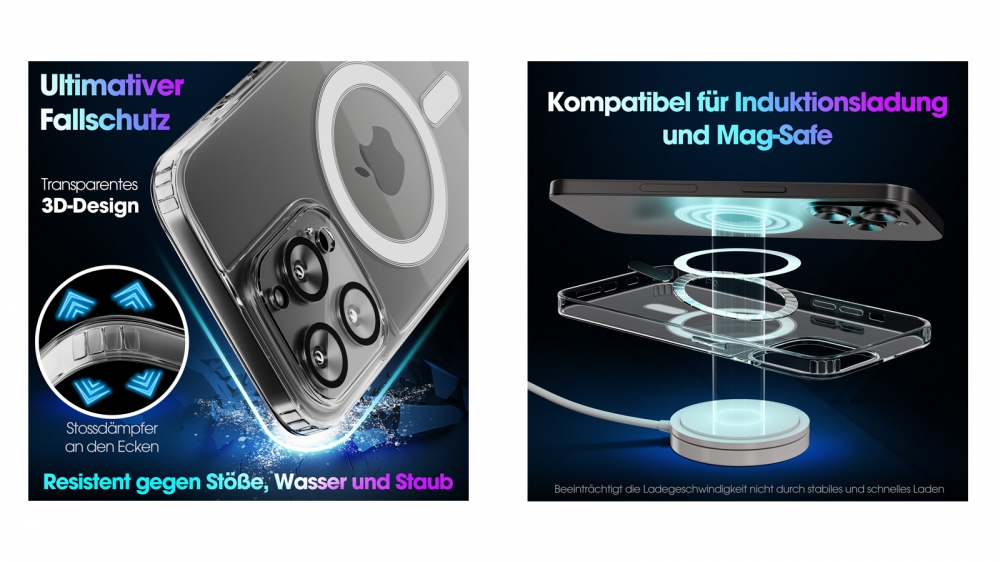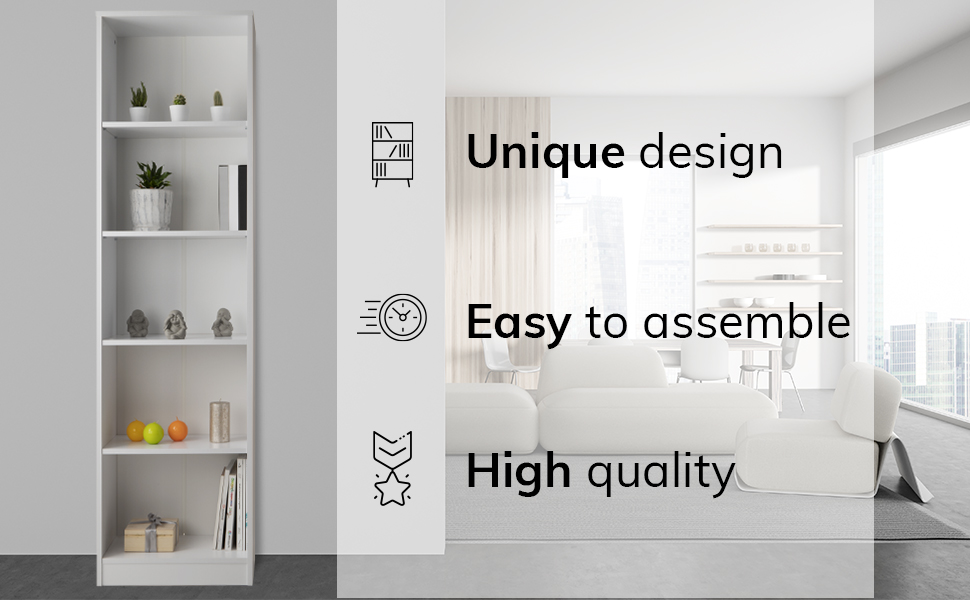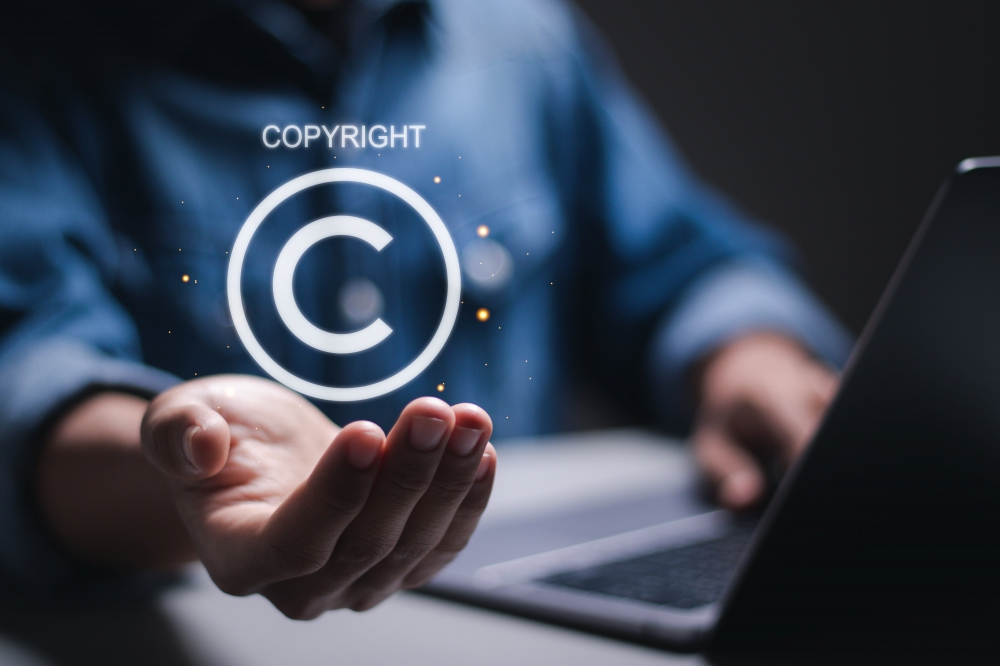Blog
How to prepare a good brief for taking photos?


Determine the purpose of the photo shoot
The first step is to determine what the main purpose of the photo shoot is. Will the files be used in an advertising campaign, website, social media or print materials? Understanding the goal will help You and the photographer focus on the right aspects and create photos that best meet Your expectations.

Next, You should briefly describe Your brand, its mission, vision and most important values. This gives the photographer a better idea of what elements should be in the photos to consistently represent the brand. It can also be useful to know the target group – who are Your customers, what their interests and needs are.
Inspiration and style - sharing examples
Providing inspiration, role models is an important part of preparing a brief. You can collect examples from platforms like Pinterest or Instagram. Add sample images to Your presentation that reflect Your vision and pay attention to aspects such as composition, lighting, colors and mood. Thanks to this, the photographer has a clear vision of what You would ultimately like to receive after completing the assignment.

List of shots and photo guidelines
The next step is to create a detailed list of shots You want to take during the session. This may include specific products, genre scenes or portraits. It’s also a good idea to create scenarios for individual shots that describe exactly what should be on them, what people or objects should look like, and what the mood of the photo should look like. When browsing industry benchmarks, it’s good to select the items You care about. Add a few examples of the same product. Each shot can be presented differently. This will allow the photographer to make a choice about what might be more valuable to the target customer. Describe in detail the features of the product - what is important to capture in the photo.
- Logo
- Features - details
- Perspectives - from above, from the side, from the angle
- Product features

Session location and additional props

Schedule and deadlines
Providing a detailed session schedule will help You organize Your work better. Prioritize the photos that will be delivered to You once You complete Your order. Enter the dates and the expected deadline by which You would like the files to be transferred. Also provide deadlines for sending final photos and corrections. Clear deadlines allow to avoid misunderstandings and ensure timely implementation of the project.

Budget
An open discussion about the budget is crucial so that both sides have clear financial expectations. When ordering, indicate the available budget for the session, taking into account all the costs associated with props, models and post-production and the form of file storage. By setting a budget, You can be sure that the photographer will be able to tailor his services to Your financial capabilities.
Postproduction
Describing expectations for retouching photos is equally important. Do You expect basic processing such as color correction and retouching, or maybe more advanced effects?
Select in the letter whether the product photos are to be taken with shadow, mirrored reflection or without additives. Describe exactly the photo formats that will be needed and the fields of their exploitation - websites, sales channels, e.g. Amazon, Ebay. Identifying these requirements will help the photographer better understand how much work will be required to process photos and what techniques to use.

Copyright and use
Finally, it is important to clearly define the issues related to copyright and the use of photos. Determine the terms under which the photos will be used – whether they are for a one-off campaign, whether they will be used for a longer period of time, and whether a license will be required. Also discuss who will own the copyright for the photos and whether You plan to give the photographer permission to use them in Your portfolio.


